An 'extraordinary' vintage throughout the Côte d’Or, but the white wines are more uneven. Is Burgundy 2015 one to buy? William Kelley and Stephen Brook share their thoughts on the vintage...
*This first appeared in the February 2017 issue of Decanter.
The 2015 vintage is an extraordinary one throughout the Côte d’Or. The red wines are truly great: rich, powerful and statuesque but almost always underpinned by juicy acidity. The distinctive characters of the region’s diverse terroirs, which can be occluded by over-ripeness in warm years, are articulately expressed. Nor, despite its richness and amplitude, is this a facile vintage. These are wines for the long haul, with serious reserves of ripe tannins hidden behind their generous fruit: they will deserve patience – and if they shut down in bottle, they will demand it.
Some vignerons draw comparisons with the excellent 2005s, though yields were lower in 2015 and the wines are more concentrated. Others look to 1990 for an analogy. Perhaps the last word should go to Volnay’s Michel Lafarge, one of the Côte d’Or’s most thoughtful and experienced observers, who draws parallels with 1929s which he tasted as a young man in his family’s cellars. No other vintage in the past 60 years, he reflects, is really comparable.
In the Côte de Nuits, Bruno Clair describes 2015 as ‘an aristocratic vintage with finesse’. But it was not a copious harvest. Jacques Devauges at Clos de Tart explains: ‘The nights were hot in late June and July, and this led to berries dropping off the bunches, and consequently to lower yields.’ Moreover, the hot summer kept berries small, and thus with less juice than usual. Yet yields varied. Sebastien Cathiard had close to 40hl/ha, while Liger-Belair, also in Vosne-Romanée, and Henri Gouges in Nuits-St-Georges had an average of 25hl/ha. Crucially, the grapes remained healthy until harvest, and no sorting was required.
Burgundy 2015 white wines: Ripe but fresh
The 2015 white Burgundy vintage is more uneven. Certainly these are riper, more food friendly wines than the chiselled, crystalline 2014s, but nor are the 2015s as ample and low in acidity as, for example, the extravagantly tropical 2006s or the soft, easygoing ’09s.
Opinion is divided on what strategy best realised the year’s potential: was it better to harvest early or late; should the wines receive a long or a short maturation in barrel? Time will tell, but it is already clear that the best 2015s are concentrated and fresh.
Indeed, Meursault’s Anne Morey describes 2015 as ‘a classic white Burgundy vintage, with good freshness and ageing potential’, and is evidently concerned the wines may be dismissed prematurely as hailing from a warm – and therefore uninteresting – year. Pierre-Yves Colin of Chassagne-Montrachet agrees. For him, the 2015s in barrel evoke the 1985s: ‘the best white vintage I ever tasted’. So though the 2015 whites may not be as homogeneously brilliant as their red counterparts, careful shoppers who do not underestimate their quality will be amply rewarded.
How to find the best value Burgundy
In southern Burgundy the picture is also more complicated. The reds and whites of the Côte Chalonnaise are a great success, replete with bargains: their quality should be some consolation in a vintage which will be both scarce and expensive in the storied appellations of the Côte d’Or.
The Mâconnais, by contrast, was both drier and hotter than the regions to its north, and grapes ripened rapidly: its wines, ordinarily ample, often verge on excess. Here 2015’s successes – of which there are certainly plenty – are generous and comparatively open-knit, in the style of a vintage such as 2011.
Climate conditions
So what were the conditions that shaped this extraordinary year? A mild, wet winter replenished water reserves which were to be sorely needed during a hot, dry summer. In the Côte d’Or, a few inches of rain in June, followed by a further inch or so in August, were critical to refresh the vineyards and ensure even ripening, but young vines and those rooted in thin soils were certainly stressed. There were no significant differences in microclimate between the various villages. Vosne-Romanée had 81mm of rain in August, while Morey-St- Denis had 75mm, and such trifling variations were typical of the vintage.
A hot air balloon takes off over Pommard 1er cru Les Rugiens during a lull in harvesting.
Fortunately, the weeks immediately before harvest were cooler than in 2003 or 2009, which helped to preserve acidity and made picking less fraught. The result was a below-average yield of excellent quality. Many growers, including Vincent Guillemot in Savigny-lès-Beaune, observed that they had never witnessed such beautiful fruit.
Picking dates were fairly uniform. Arnaud Mortet in Gevrey picked from 3 September to maintain freshness in the wines; Clos de Tart, also stressing the need to avoid over-ripeness and low acidity, picked from 5 September. Freddy Mugnier in Chambolle-Musigny began a bit later, on 8 September, but was mostly finished before the serious rainfall of mid-September. Pierre Damoy in Gevrey was very much the exception in picking after the rains, but because the skins were so thick there was no significant dilution. Alcohol levels ranged from 12.5% to 13.7%, and wines with more than 14% alcohol are very much the exception.
One peculiarity of the grapes was the unusual thickness of their skins, laden with ripe tannins and polyphenols, which produced deeply coloured and richly structured wines. Another was their combination of good levels of tartaric acid with low levels of malic acid: in consequence, malolactic fermentation had only a slight impact on the wines’ pHs, which is one reason why so many have remained beautifully bright and vibrant.
Assessing the risks
What were the potential pitfalls? The most obvious for producers of both red and white was the risk of over-ripeness, and there were certainly some growers who waited too late to pick (though this was a problem more in the Mâconnais than the Côte d’Or and Côte Chalonnaise). Others, anxious to avoid the excesses of 2003 and ’09, may even have picked too early – or aggressively acidified their musts – producing uncharacteristically lean, mean wines. But these appear to be very much in the minority.
Another challenge was presented by the vintage’s serious structure. Winemakers who attempted extended post-fermentation macerations, or who pressed too hard, have often snatched defeat from the jaws of victory by extracting harsh, aggressive tannins.
In appellations with a tendency to rusticity, such as Chorey-lès-Beaune and Santenay, this error has had especially unfortunate consequences, amplifying the brutishness which a ripe vintage should have tamed. Where there were traces of over-extraction in the Côte de Nuits, as with some wines from Faiveley, that is more a consequence of house style than of reckless vinification. On the other hand, growers with a penchant for whole cluster fermentation found they had ideally ripe bunches on which to practise their craft.
Chablis also enjoyed a very successful vintage. There was limited hail damage in top sites such as Les Clos and Blanchots, which diminished the crop, but overall the summer was benign and the harvest early. The 2014 vintage may prove the more classic here, but the 2015s, with their higher ripeness and slightly lower acidity, are impossible to dislike. There are few flabby wines, and most bottles show more than acceptable acidity levels and a mouthwatering minerality. They offer opulence without blowsiness, and will give great pleasure in the short to medium term. Even generic Chablis wines are delicious and deliver great value.
Is 2015 a vintage to buy?
Definitely, as this is the best vintage for red wines since 2005 and 2010, although the white wines are less consistent. Prices may cause many purchasers to wince, especially in the UK. But the frostravaged 2016s are likely to see even more rises. It is hard to imagine anyone being disappointed with the 2015s, and even the more lowly Bourgogne and village appellations can be first-rate.
Translated by Oliver Zhou / 周维
All rights reserved by Future plc. No part of this publication may be reproduced, distributed or transmitted in any form or by any means without the prior written permission of Decanter.
Only Official Media Partners (see About us) of DecanterChina.com may republish part of the content from the site without prior permission under strict Terms & Conditions. Contact china@decanter.com to learn about how to become an Official Media Partner of DecanterChina.com.

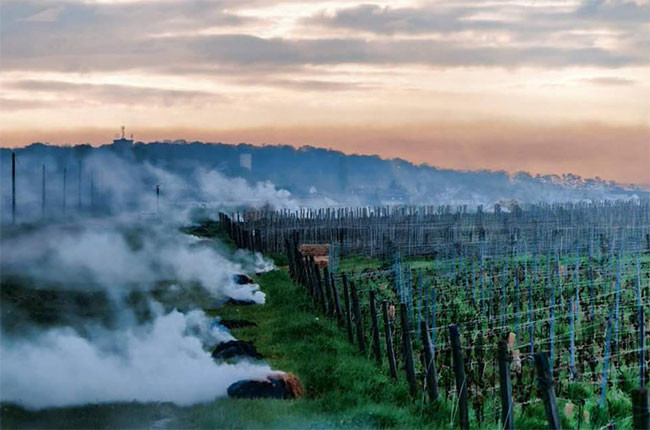

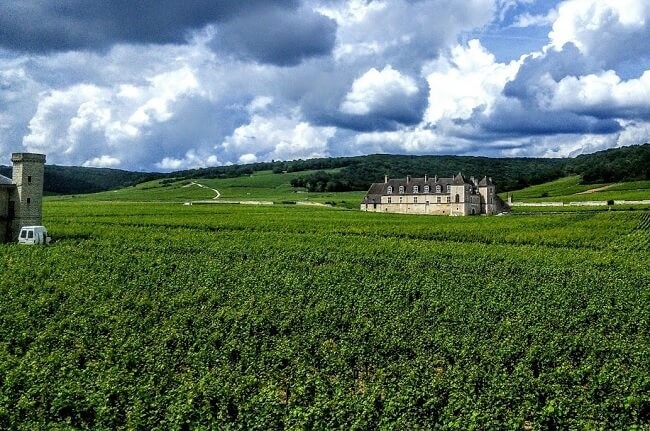
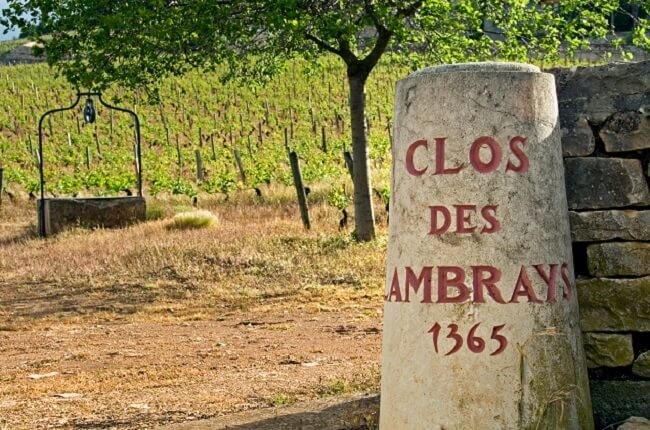
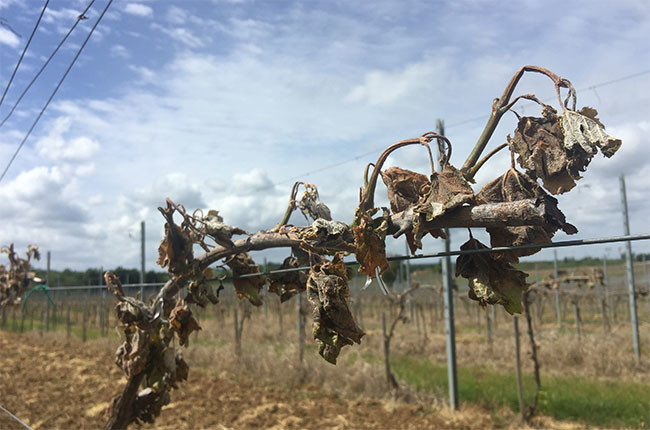
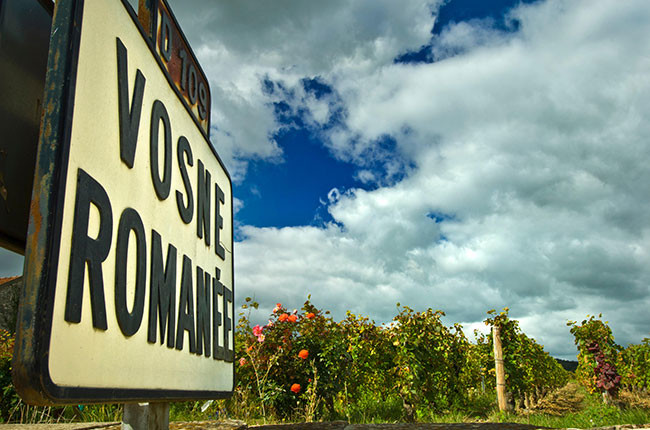

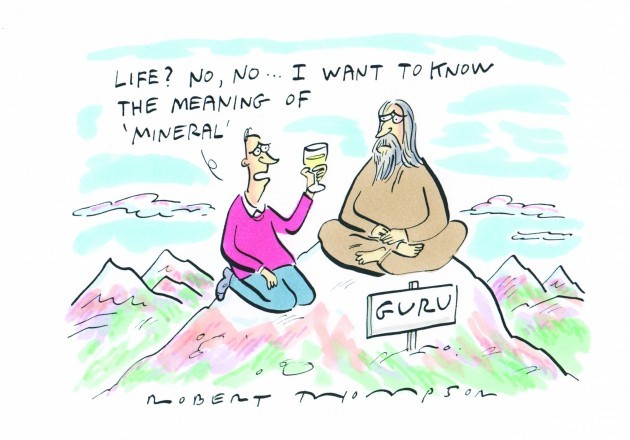
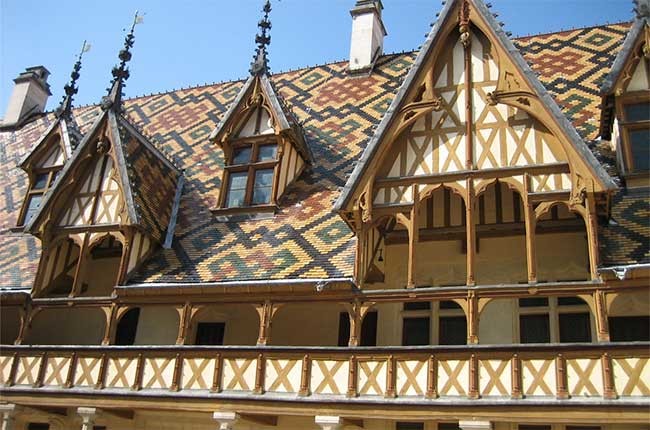
Comments
Submit